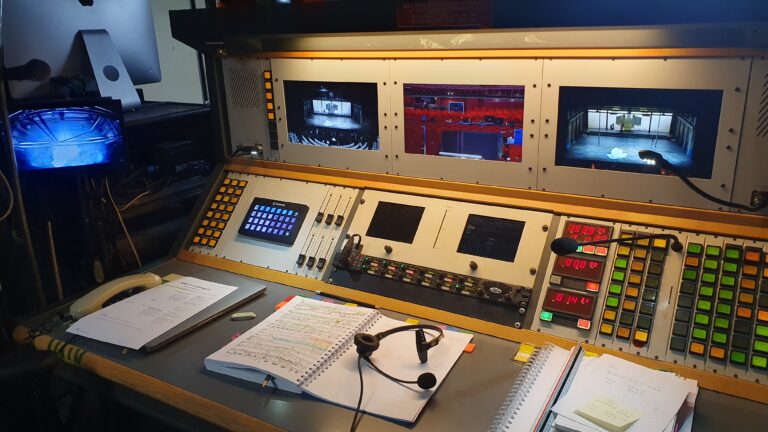Community, Leadership, Experimentation, Diversity, & Education
Pittsburgh Arts, Regional Theatre, New Work, Producing, Copyright, Labor Unions,
New Products, Coping Skills, J-O-Bs...
Theatre industry news, University & School of Drama Announcements, plus occasional course support for
Carnegie Mellon School of Drama Faculty, Staff, Students, and Alumni.
CMU School of Drama
Friday, February 23, 2024
AVoIP Case Study: Dutch National Opera and Ballet goes SDVoE
Sound & Video Contractor: Nestled in the heart of Amsterdam, at a bend of the Amstel River, a historic theater complex is home to the city hall of Amsterdam and the Dutch National Opera and Ballet, the largest theater production house in the Netherlands. The theater, which opened in September 1986, features various rooms, including an auditorium with 1,600 seats across three levels, a foyer boasting a panoramic view over the Amstel River, and additional smaller private rooms and studios for private events and rehearsals.
Subscribe to:
Post Comments (Atom)

2 comments:
This sounds like a pretty cool system. I like the articles about systems that are being overhauled because they often have to work around preexisting architecture and tech systems. I’d love to see a system map for the theater complex to get an idea of the scope of the project. I don’t think networking is necessarily always the solution, but this theater was just the perfect candidate for a networked system. It’s just so flexible for any space, any purpose, and any configuration. Another nice thing about non-analog (some might say digital) systems is that they can stay relevant for a lot longer because it allows for updates and patches. Of course it would be nice to have a system like that here, but at the same time I’m inclined to believe that it wouldn’t really work for our needs and what we do. I hope that I get the chance to work with a system like this someday.
Backstage video systems for live performances are a very interesting situation. On one hand, they are not seen by audience members so they do not need to look super pretty, but the information that they convey is critical for the effective production of a show. The latency of the signal is critical so that performers can see the conductor, and the stage manager has to be able to see exactly what is going on backstage to ensure the safety of transitions. In many ways backstage video systems are similar to communications; they are frequently an afterthought but are critical for the show to work effectively.
I know that it is difficult to design these systems in such a way that they can have sufficiently low latency, and I know that some system designers still prefer to use analog video systems, due to the low latency that is enabled by their design. I found it surprising that this system uses normal commodity network switches, and that they can get sufficiently low latency for a conductor camera.
Post a Comment